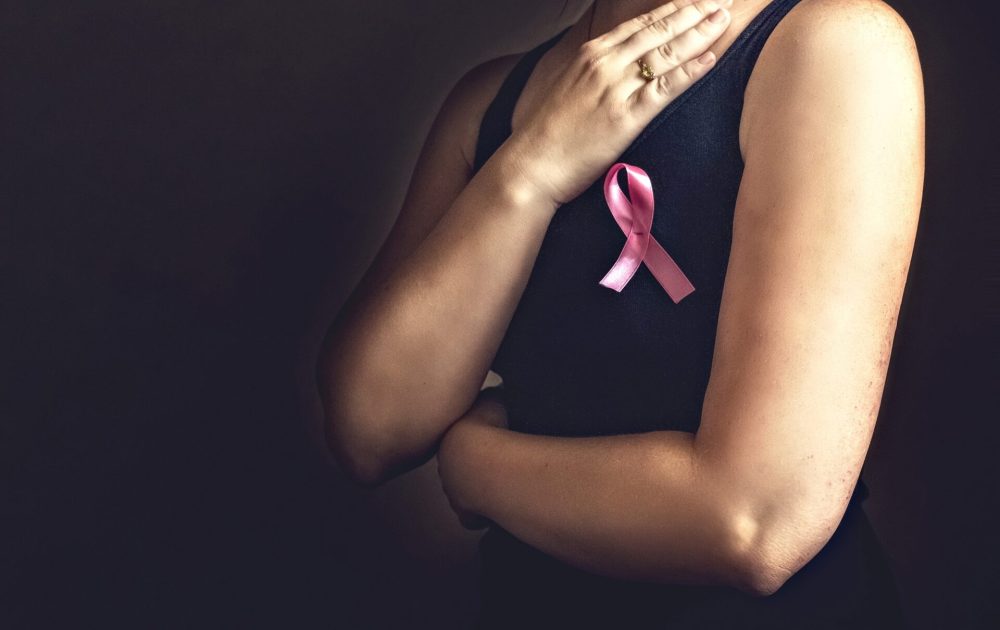Our test tells you which everyday chemicals you've recently come into contact with, and easy steps you can follow to reduce your exposure to them.
The link between breast cancer and endocrine disruptors

October is Breast Cancer Awareness month which aims to bring information and support to anyone concerned about or affected by breast cancer. Lifestyle factors such as diet and exercise have proven links with breast cancer risk, but other factors are becoming better understood, such as the role of chemical exposures in raising the risk.
The link between breast cancer and endocrine disruptors
Oestrogen is a key risk factor for breast cancer because it plays a key role in cell multiplication of cancer cells. Endocrine disrupting chemicals (EDCs) can mimic the actions of oestrogen in breast cancer cells causing them to multiply more rapidly. Glyphosate, a widely used herbicide is considered to be an endocrine disruptor and has been linked with adverse changes in breast cell tissue that can disrupt normal cell mechanisms and lead to the development of ‘hormone sensitive’ breast cancer. Per- and Polyfluorinated substances (PFAS) are also suspected endocrine disruptors in the development of breast cancer.
Exposure to EDCs in hair straightening products has also been linked to uterine cancer.
What are endocrine disrupting chemicals (EDCs)?
EDCs are chemical substances that can interfere with the normal functions of the endocrine system. They can disrupt production and regulation of hormones within endocrine glands and change the body’s normal levels of hormones, and how it responds to these changes. Hormones are normally active in the human body at very low doses and are tightly regulated by the endocrine system. They are highly sensitive to disruption by chemicals that mimic or block their normal healthy actions, even if they are present at low, undetectable levels.
How to reduce your exposure to EDCs
It’s thought that exposures to multiple chemical substances with endocrine disrupting properties could be one of the drivers of higher breast cancer risk, rather than single substance exposure. But the good news is that there are lots of ways you can reduce your exposure to harmful chemicals and pollutants in your daily life.
- Choose personal care products including makeup, shampoo, and body lotions that are ‘Free from’ certain chemical groups such as parabens and phthalates.
- Some makeup products use PFAS in their ingredients. Look out for PTFE on product labelling to avoid them.
- Waterproof mascaras are more likely to include PFAS in their ingredients.
- Look for products that use natural pigments and 100% organic ingredients.
- Scan barcodes using the Yuka app to check products for chemical ingredients.
- Eat organic and non-GMO foods grown without herbicides or pesticides and choose food in season to increase freshness.
- Reduce processed food consumption.
- Swap cleaning products with chemical ingredients for natural alternatives such as bicarbonate of soda, white vinegar, and lemon juice.
Natural boosts for your body
Exercise raises core temperature which helps to eliminate toxins from the body and gives the immune system a boost. It increases circulation in the blood vessels which can trigger the body to release some of the chemicals that might otherwise be stored in body fat as a body burden.
For more information about the risks of breast cancer visit the Breast cancer now prevention hub which includes a short quiz and information about the potential health effects of exposure to chemicals and environmental pollutants.
Learn more about Breast Cancer Awareness month